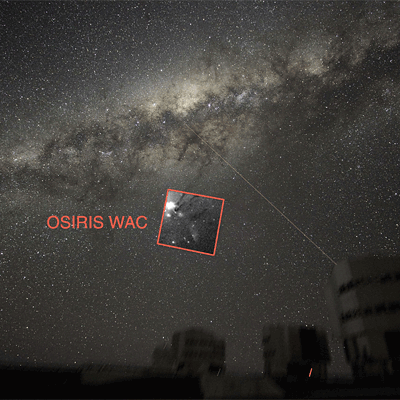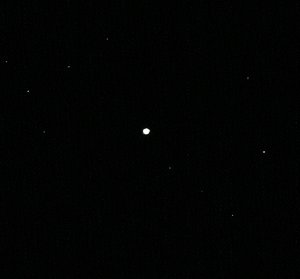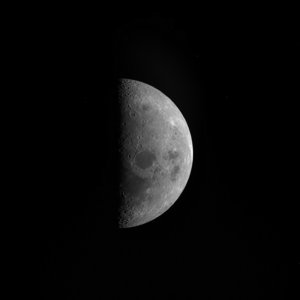

Rosetta’s view of Mars and the Milky Way
This view of Mars (visible towards the top of the image) and of the Milky Way was taken by the OSRIS camera on board the Rosetta orbiter on 3 December 2006, during the last series of instrument check-outs. In this image Mars is heavily overexposed and therefore surrounded by a halo of scattered light.
OSIRIS (Optical, Spectroscopic, and Infrared Remote Imaging System) will continue to image Mars during the next major mission phase: the swing-by of planet Mars at the end of February 2007. Rosetta will use its imaging system and imaging spectrometers to gather data about the surface and atmosphere of the Red Planet, including its chemical composition. It will also collect data about the interaction of the atmosphere with the solar wind and about the Martian radiation environment. It will also image the two natural satellites of Mars, Phobos and Deimos.





